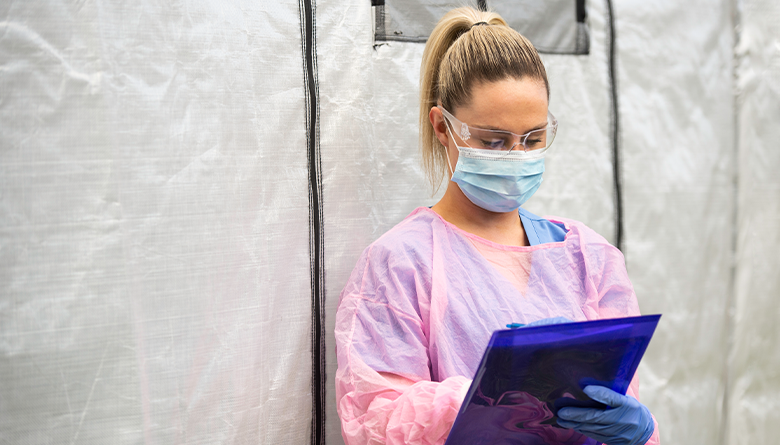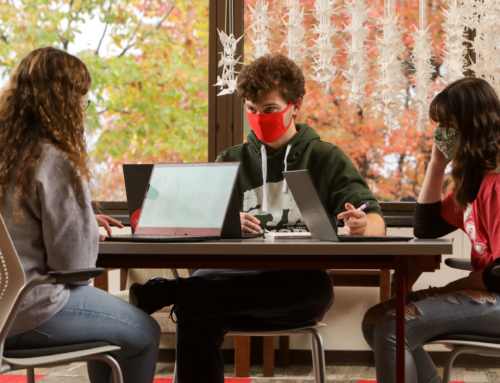By Regina Stracqualursi
Throughout the COVID-19 crisis, people across the world have kept a close eye on hospital capacity in their regions. Knowing that an overcrowded hospital can result in more lives lost, many local government officials have used this metric to make decisions to shut down businesses or implement stay-at-home orders. A research team at Rensselaer Polytechnic Institute is tackling this problem head-on by improving the manufacturing of structures that can be used as surge capacity during disasters, such as the current global health crisis.
The team is working with Brooklyn-based company Pvilion to develop self-erecting, solar-powered, versatile structures to be used for a variety of functions, such as shelter, infection control, medical care, and more. To rapidly and efficiently deploy such overflow structures, the researchers will develop robots that are self-aware and follow the direction of humans as well as software and algorithms. Those robots will be able to hold and rotate large, heavy, and waterproof fabric appropriately to aid in the quick development of overflow structures.
The project, funded by the Department of Defense through the Advanced Robotics for Manufacturing (ARM) Institute, is led by Glenn Saunders, senior research engineer from the Center for Automation Technologies and Systems, and John Wen, head of the Department of Electrical, Computer, and Systems Engineering.
“These robots are needed to fill a real void in manufacturing that’s currently present,” said Saunders. “They will enable faster production of a structure that could give medical teams the extra space they need to respond to a pandemic like the one we’re currently experiencing.”
To help address the current health crisis, the research has been expedited to take place within one year.



